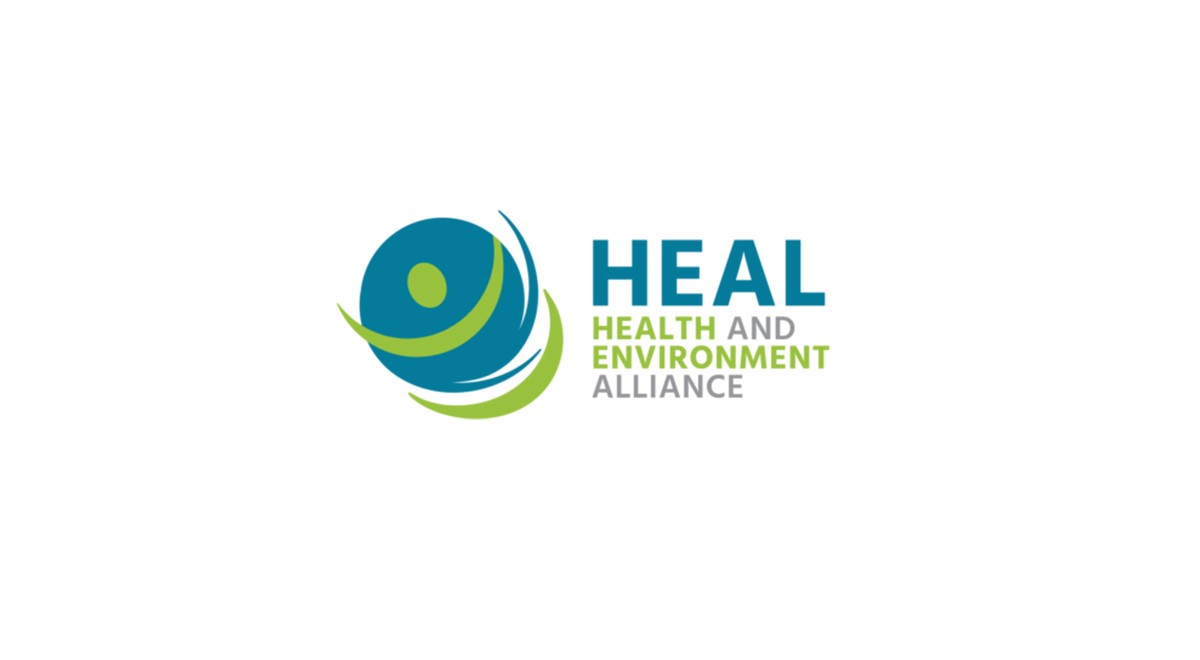The Green 10 coalition, which HEAL is a part of, encourages the President of the European Parliament Roberta Metsola upon her re-election to put the climate, biodiversity and pollution emergency at the forefront of her tenure.
Brussels, 11th January 2018 – A European Commission proposal to regulate bisphenol A in food contact materials was discussed today in the European Parliament Environment Committee (ENVI) [1]. The Health and Environment Alliance (HEAL) regrets that Members (MEPs) gave the green light to a piece of legislation that fails to protect citizens’ health and will mainly benefit the chemical industry.
The European Commission regulation foresees to simply lower the migration limit rather than ban bisphenol A in the coatings and varnishes used in food packaging. This contradicts the European Parliament’s own 2016 demand to fully ban bisphenol A from food contact materials [3].
Bisphenol A has been listed as a substance of very high concern (SVHC) by the European Chemicals Agency due to its endocrine disrupting properties [2], and it is also classified as toxic for reproduction. HEAL alongside numerous civil society groups have long demanded its full ban, because exposure to even very low doses can have serious long-term health impacts.
Commenting on the outcome of the vote, Natacha Cingotti, HEAL’s policy officer on health and chemicals, said: “The adverse health effects of Bisphenol A, even at low doses, are so well documented that it should already have been banned from all consumer products a long time ago – citizens shouldn’t have to worry that their food wrapper or packing contains BPA and might seep into their food and harm their health.”
“European politicians are failing in their responsibility to protect people’s health and to act on their earlier commitments, although safer alternatives are available and some governments such as France and industry retailers are already on the path to substitution. It’s not only dangerous but also incoherent – we should be getting the toxics out of the economy if we want it to be truly circular.”
HEAL has repeatedly called on European decision-makers to take steps to fix the loopholes that currently exist in terms of the evaluation and regulation of chemicals in food packages [4], and will continue to promote more ambitious action to protect Europeans – in particular vulnerable groups – as a formal evaluation of the European legislation on food contact materials is about to start [5].



